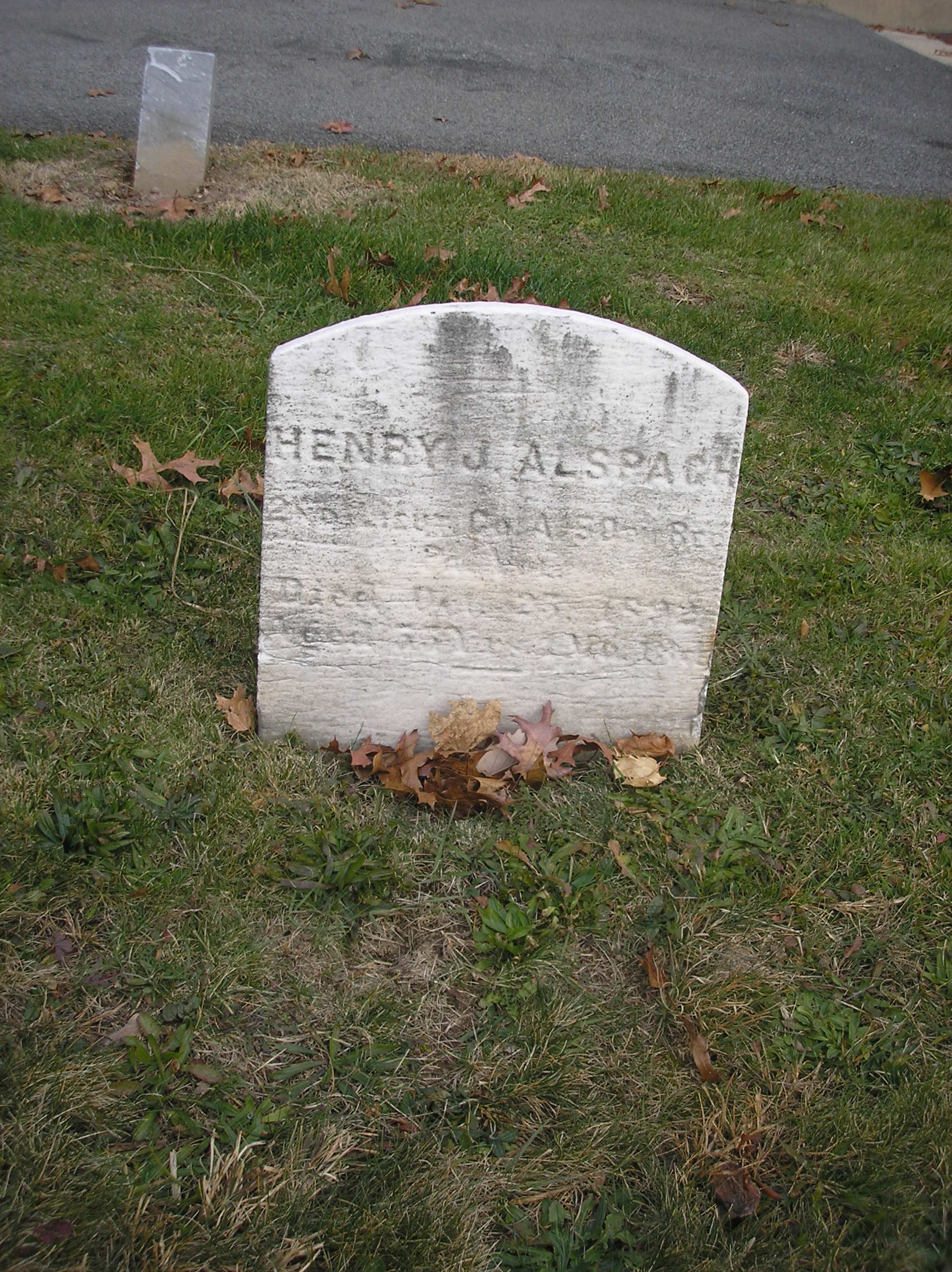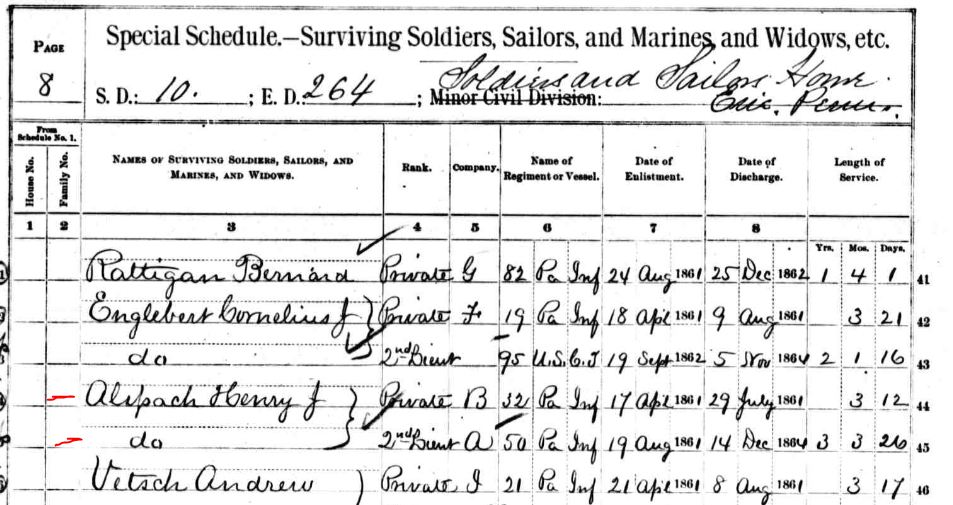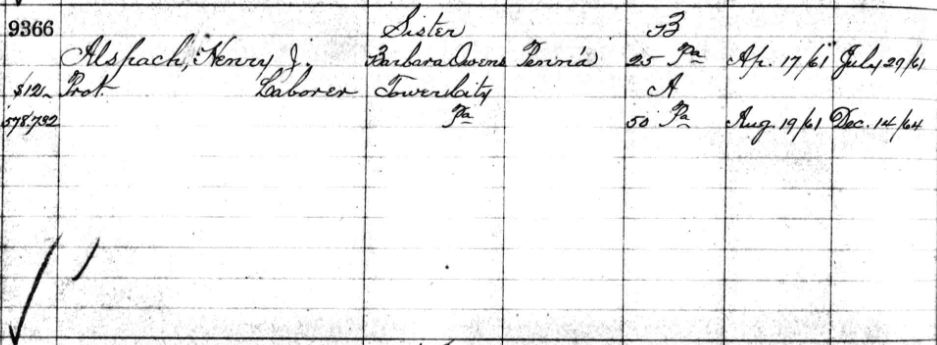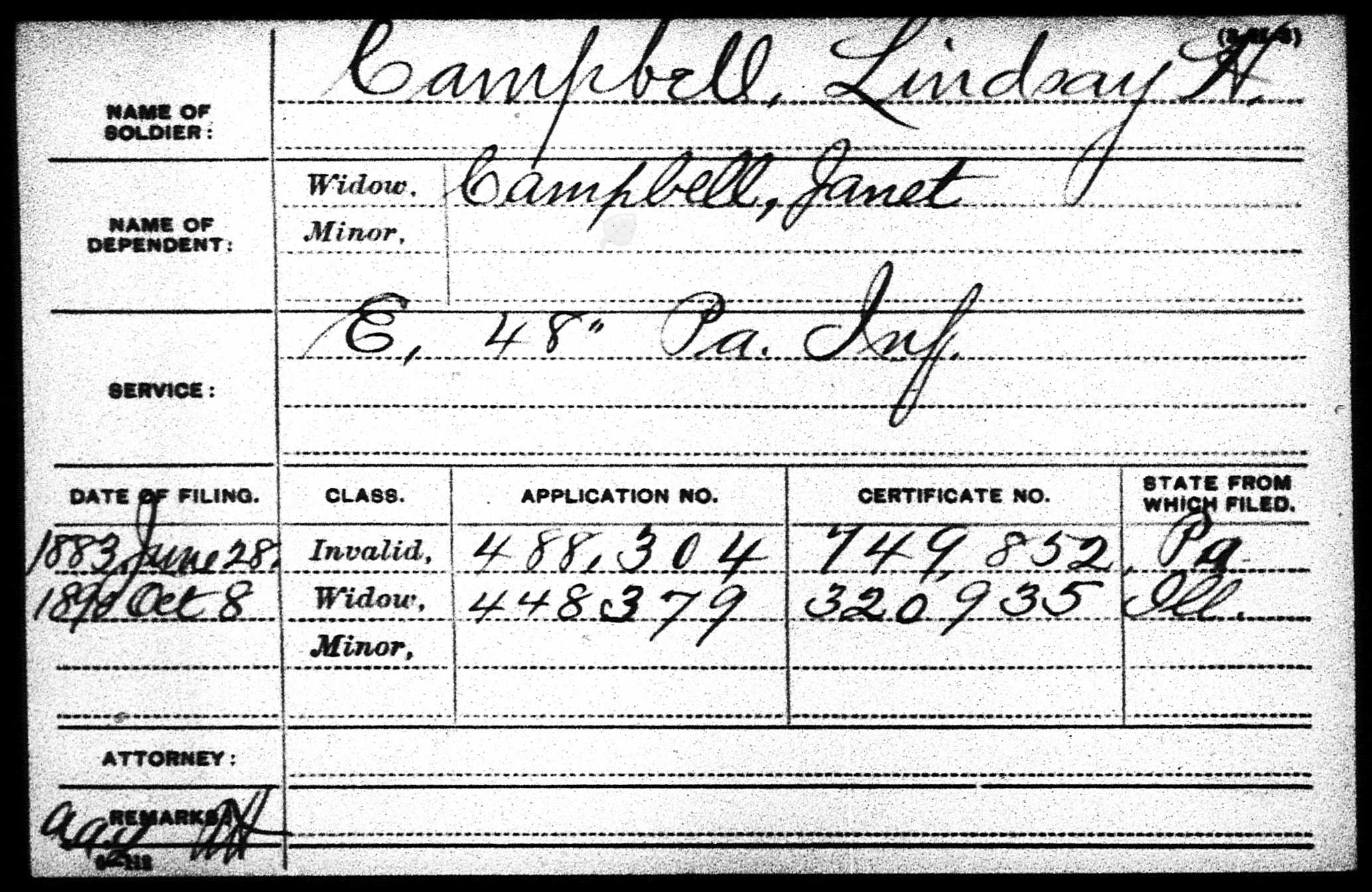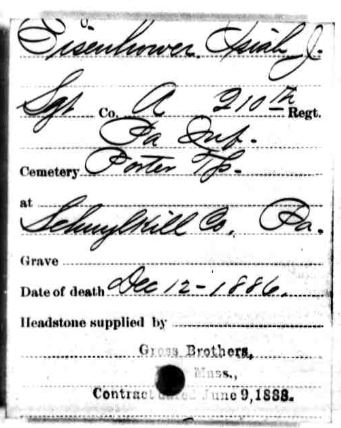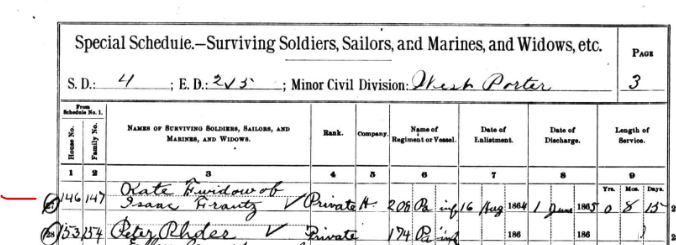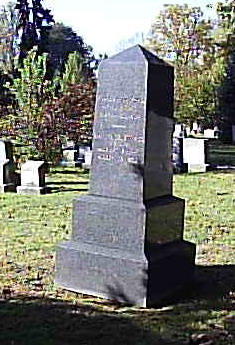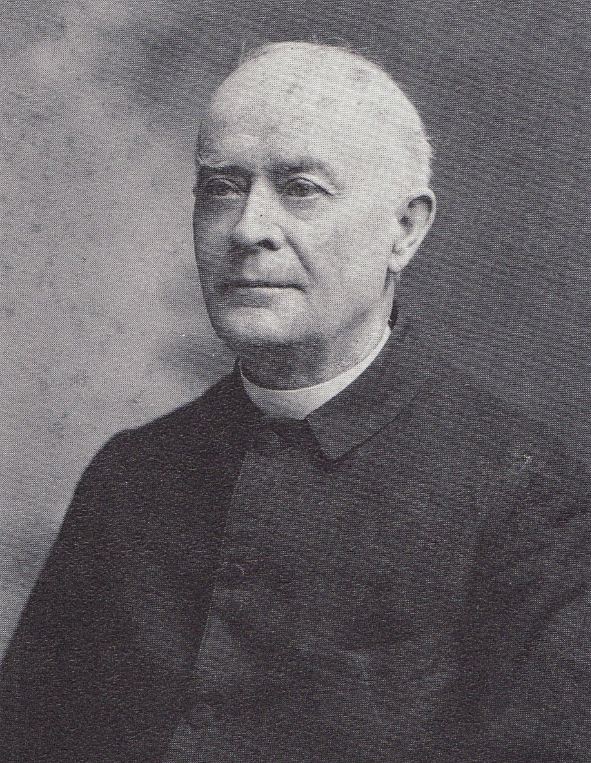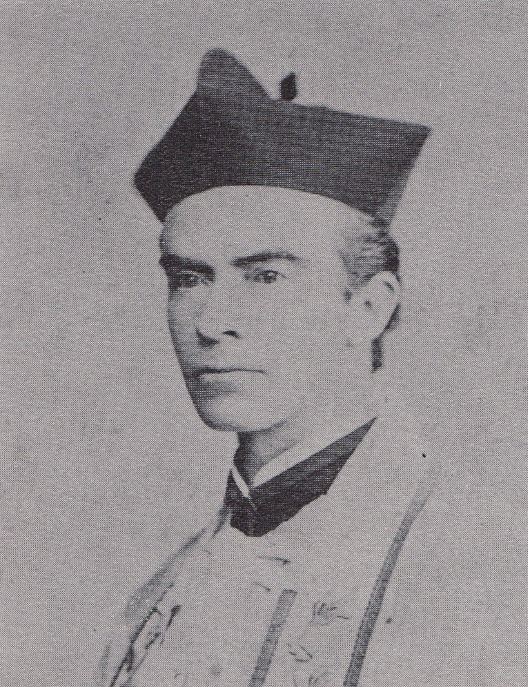Civil War Veteran Burials at St. Paul’s Cemetery, Tower City (Part 1 of 6)
Posted By Norman Gasbarro on February 7, 2013
(Part 1 of 6). St. Paul’s Lutheran Church Cemetery is located in Tower City, Schuylkill County, Pennsylvania, at the corner of East Grand Avenue (U.S. Route 209) and North 4th Street. At the front of the cemetery, along East Grand Avenue, is the Tower City, Porter Township and Rush Township Veterans Memorial, which was previously featured here in a series of posts with each of the name plates of the Civil War veterans from the area. This is the last of the four major cemeteries in the Tower City area that will be examined for Civil War burials. No doubt there are other cemeteries and family cemeteries in the area where Civil War veterans were buried – some still undiscovered – but for now, the presentation of the St. Paul’s Cemetery will complete the photographic tour and brief description of each of the Tower City area veterans’ war service that began months ago and included the area memorial, Greenwood Cemetery in Tower City (5 parts), St. Peter’s U.C.C. Cemetery in Reinerton (3 parts), and the Grace United Evangelical Cemetery in Muir (2 parts).
Research continues on each of the Tower City area veterans and as a result of the analysis of the tombstone inscriptions at St. Paul’s Cemetery, some new information about them has been added to the Civil War Research Project. But, much remains to be discovered. Especially needed are pictures of the veterans and their families, stories, and any other information that would help in an understanding of this generation of Americans who fought to preserve the Union more than 150 years ago. As always, the Project relies on local researchers and family members who are willing to come forward and share information about these men and their families. By sharing the information, we increase our knowledge.
Some of the now-known information about the veterans buried at St. Paul’s Cemetery is presented with the grave marker pictures. Links are provided to where the veteran previously was mentioned in blog post articles, and some of the past-known information is repeated. In addition, new Project file numbers are added. When corresponding by e-mail regarding information available on a specific veteran, it is helpful to use the file number (if known), especially in the many cases where there is more than one veteran with the same name.
The first four veterans’ graves are presented today.
———————————–
HENRY J. ALSPACH (1837-1892)
Below are three documents on Henry J. Alspach not previously presented on the blog. The first is the burial record from St. Paul’s Church which indicates that Henry was re-interred in Tower City from his initial burial place of Hampton, Virginia. The second is the page from the 1890 Veterans’ Census, which erroneously states that Henry was a member of the 32nd Pennsylvania Infantry. This error is also found on his Pension Index Card (not shown). The third document is the page from Hampton Soldiers’ Home, which states his service was in the 25th Pennsylvania Infantry, but does not give his rank for the service in the 50th Pennsylvania Infantry. Also on the third document is the name of his closest relative, a sister, Barbara Owens of Tower City.
HENRY J. ALSPACH(1837-1892), the brother of David, first served in the 25th Pennsylvania Infantry, Company A or Company H, from 18 April 1861 through 27 July 1861, after which he joined Company A, 50th Pennsylvania Infantry. During this latter service, which was from 9 September 1861 through 14 December 1864, Henry was promoted from 1st Sergeant to 2nd Lieutenant on 17 September 1862, to 1st Lieutenant on 30 September 1864, and then commissioned as Captain on 2 October 1864. Henry was married to a woman named Lavina, he collected a pension after 1890 and was a resident of the Pennsylvania Soldiers’ Home in Erie (see Census of 1890 above) and afterward at the National Soldiers’ Home in Hampton, Virginia. When he died 25 October 1892, he was first interred in the Hampton National Cemetery, but later on 13 November 1892 was re-interred in St. Paul’s Cemetery in Tower City. The grave marker (pictured above) only names his service in the 50th Pennsylvania Infantry and gives his rank as 2nd Lieutenant, although the record indicates that he was discharged at the rank of Captain.
See also: Tower City, Porter and Rush Township Civil War Veterans – Part 1 and Tower City – Porter Township Centennial – Civil War Veterans List.
—————————–
LINDSEY HUGH “LIN” CAMPBELL (1829-1885)
LINDSEY HUGH “LIN” CAMPBELL (1829-1885) was also known as “L. H. Campbell.” He was an immigrant from Scotland who was working as a miner when he enrolled in the 48th Pennsylvania Infantry, Company E, as a Private, at Pottsville, Schuylkill County. Before the war he married Jeanette “Janet” Hill (1829-?) and in 1870 they were living in Williams Township, Dauphin County, where he was working as a coal miner. Later, they moved to Porter Township. His grave marker at St. Paul’s Church Cemetery is “government issue” and notes his regiment and company, but does not have his birth and death years.
The Pension Index Card (above, from Ancestry.com) for Lindsey Campbell shows that he applied for invalid benefits on 28 June 1883 and that he was awarded them. However, he died on 22 March 1885. His widow, Janet [Hill] Campbell did not apply for benefits until 1890, and she did so from Illinois, where she apparently had moved after Lindsey’s death.
Lindsey H. Campbell‘s death date, according to the headstone application (above, from Ancestry.com), was 22 March 1885.
See also: Tower City, Porter and Rush Township Civil War Veterans – Part 1.
—————————–
ISAIAH J. EISENHOWER (1836-1885).
ISAIAH J. EISENHOWER (1836-1886) is found in Halifax, Dauphin County records as well as Tower City, Schuylkill County records. His widow, Catherine, was living in Wiconisco in 1890 and reported that he served in the 9th Pennsylvania Cavalry, Company E, as a Sergeant, and in the 210th Pennsylvania Infantry, Company A, also as a Sergeant. He was discharged from his first service, that of the 9th Pennsylvania Cavalry, on a Surgeon’s Certificate of Disability. Isaiah, who was more commonly known as “I. J. Eisenhower,” is buried at St. Paul’s Church Cemetery, Tower City, Schuylkill County. His “government-issue” grave marker notes his service in the 210th Pennsylvania Infantry, but does not indicate his birth and death years or his service in the 9th Pennsylvania Cavalry.
Isaiah J. Eisenhower first applied for a pension in 1863 (see Pension Index Card, above, from Ancestry.com). The low application number followed by the very high certificate number is an indication that it took long time for the application to be approved and for him to receive benefits. After his death, which occurred on 12 December 1886, it took more than a year for his widow Catharine Eisenhower to apply for her widow benefits, which she received and collected until her death. In July 1863, when completing his draft registration, Isaiah noted that he had been disabled as a result of his Civil War service in the 9th Pennsylvania Cavalry.
See also: Tower City, Porter and Rush Township Civil War Veterans – Part 2; Halifax Area Civil War Veterans; Tower City – Porter Township Centennial – Civil War Veterans List and Eisenhower Family Civil War Veterans.
—————————-
ISAAC FRANTZ (1843-1885)
ISAAC FRANTZ (1843-1885) served in the 208th Pennsylvania Infantry, Company H, as a Private, from 16 August 1864 through 1 June 1865. His widow, Kate F. Frantz, was living in Tower City in 1890 (see census record below). He is buried in St. Paul’s Lutheran Church Cemetery, Tower City.
Isaac Frantz died in 1885 and to the time of his death had not made application for an invalid pension (see above, Pension Index Card from Ancestry.com). In 1890, his widow, Catherine “Kate” Frantz, made application and received veterans’ widow benefits until her death.
See also: Tower City, Porter and Rush Township Civil War Veterans – Part 3; Tower City – Porter Township Centennial – Civil War Veterans List and Tower City, Porter, and Rush Township Veterans Memorial.
——————————-
Continued tomorrow….
 ;
;

